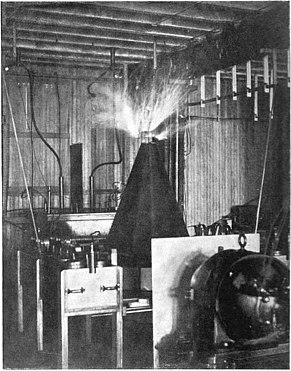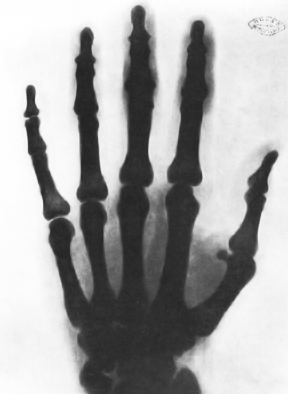Nikola Tesla: Retracing the Visionary’s Lost Legacy in Our Neighborhoods
Arguably the most important “father of electricity,” Nikola Tesla spent 13 years developing some of his most famous inventions critical to the future of electricity in laboratories located in Greenwich Village, NoHo, and the edge of today’s Chinatown. Emblematic of the way in which the far-sighted Tesla’s legacy and contributions to science were largely undervalued until fairly recently, none of these buildings remain standing today, in spite of their incredible significance.

Tesla was an ethnic Serb, born on July 10, 1856 in a small town in present-day Croatia, then part of the Austro-Hungarian Empire. Obsessed with electricity, he immigrated to America and came to the Lower East Side in 1884 to work with Thomas Edison. The two did not get along. Edison was attempting to develop an effective direct current system (DC), while Tesla believed alternating current (AC) was the better option. After six months, Tesla left Edison’s lab and staked out his own, first at 175 Grand Street, at the edge of today’s Chinatown and SoHo neighborhoods, then in Greenwich Village at 33-35 South 5th Avenue (now LaGuardia Place between Bleecker and West 3rd Streets), and his last in what we today call NoHo at 46 East Houston Street (between Mott and Mulberry Streets). It was in these three labs that Tesla conducted some of his most significant work.
175 Grand Street (1889–1892)
The Tesla Coil was developed here in a since-demolished building near Baxter Street as part of Tesla’s efforts to develop a “wireless” lighting system. The Tesla Coil produces high-voltage, low-current, high-frequency alternating-current electricity.

Tesla used the coil in dramatic public lectures demonstrating the new science of high voltage, high-frequency electricity. This was a small space that Tesla and his experiments quickly outgrew. The building was demolished, and the site was redeveloped in 1990.

33–35 South Fifth Avenue (1892–1895)
Tesla moved his laboratory here in August 1892. South Fifth Avenue was renamed West Broadway in 1896 and LaGuardia Place in 1970. The address corresponding to what was 33-35 South Fifth Avenue is now part of Washington Square Village, on the east side of LaGuardia Place between Bleecker and West Third Streets.

Here, Tesla experimented with wireless lighting, giving demonstrations to friends including Mark Twain and architect Stanford White, who would later design Tesla’s 1901 Long Island Lab. Tesla and Twain became friends, and legend has it that they took turns aiming Tesla’s X-ray “gun” at one other. Alas this lighthearted tale is unlikely to be true, as it was not until later, after Tesla took photos using a “Crookes Tube” at night (some of the first photographs to be lit by incandescent light) that it was discovered that “X-radiation” was being produced by Crookes tubes, and not until two years later was it discovered how.

On March 13, 1895, a fire destroyed this laboratory. Ironically, Tesla’s favorite numbers were 3 and 13 – the date of the fire. Tesla, and his life’s work to that point, were devastated. Unfortunately, no photos of this building are known to exist.
46-48 East Houston Street (1895–1902)
Tesla moved into his last Manhattan lab, located on the north side of Houston Street between Mott and Mulberry Streets, in July 1895. Here he began developing a wireless system for transmitting power around the world, and he developed a large resonance transformer magnifying transmitter.

During this period he set up a satellite lab in Colorado to test the conducive nature of low-pressure air. To fund his experiments, Tesla convinced J.P. Morgan to become a majority shareholder in the Nikola Tesla Company. This building was demolished in 1929 when Houston Street was widened.

Tesla was overshadowed in life by Edison, and he spent his last decades living in cheap NYC hotels feeding and (he claimed) mystically communicating with pigeons. He lived mostly in obscurity, although he held popular press conferences every July 10th to celebrate his birthday. On the occasion of his 79th birthday, he announced his invention of a pocket-sized oscillator that could destroy the Empire State Building. On his 80th birthday, he shared his secret for longevity: toe-wriggling. Without getting too deep into the science, the battle between Edison’s DC and the Tesla’s AC was won by Tesla (with a big assist from George Westinghouse), and today all household electricity is delivered via AC.
It is only in recent decades that Tesla’s contributions to science have been fully honored and understood. Sadly, this came too late to save or protect the places in or near our neighborhoods where much of this transformative work took place.
